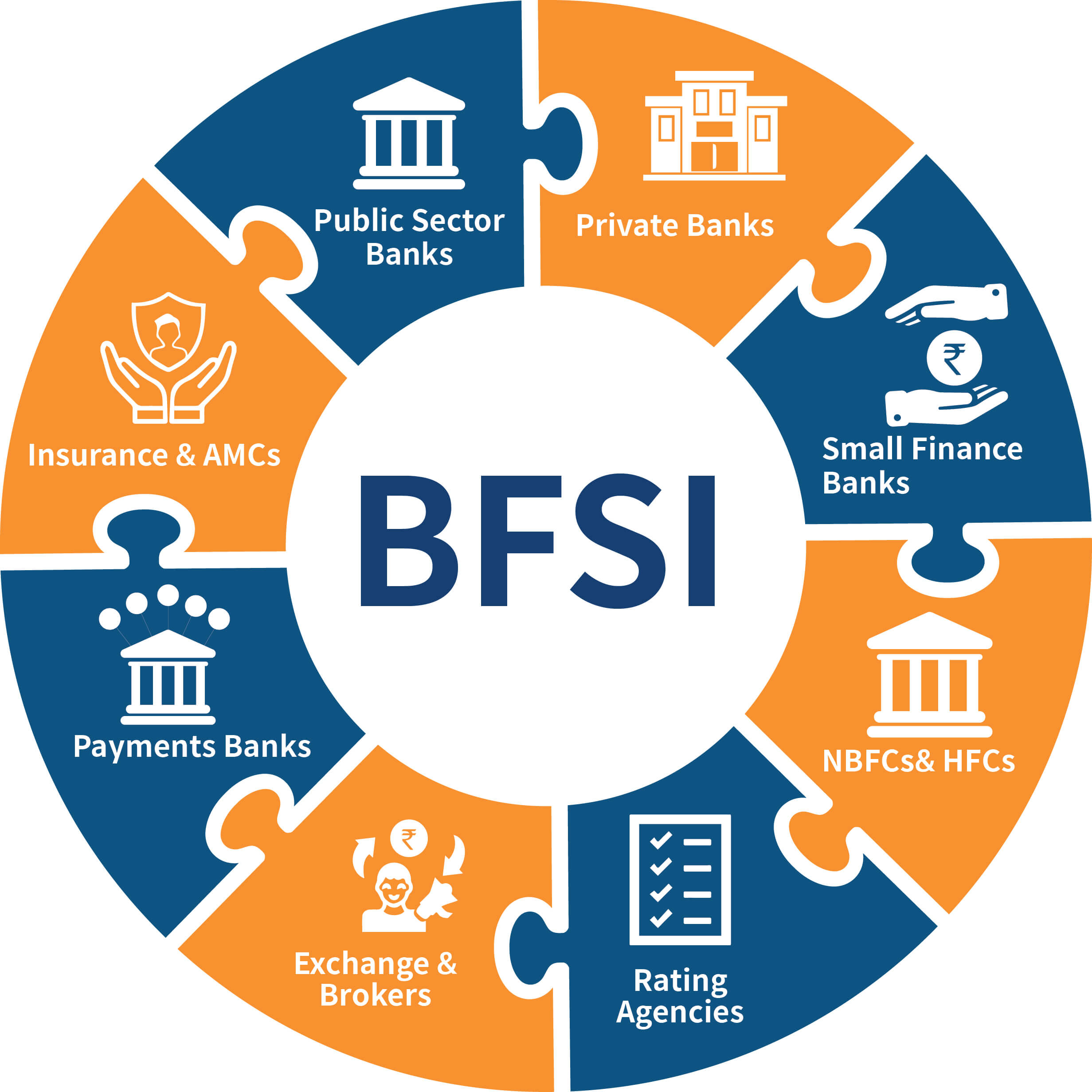View Performance of the funds managed by the Fund Manager




The investment objective of the scheme is to generate long-term capital appreciation from a portfolio that is invested predominantly in equity and equity related securities of companies engaged in banking and financial services sector.
The Scheme does not guarantee or assure any returns.

Financial Services sector will be one of the key growth engines as India doubles its GDP to US$5trn*.
*based on Government plan.
Fairly diversified sector with undergoing rapid expansion both in terms of growth and emergence of new sectors.
Low market penetration across segments provides more room for growth.

Invest minimum of 80% in Equity and equity related instruments in the Banking and Financial Services Sector.
Flexibility to invest across market capitalization.
Build a portfolio of strong growth companies, reflecting our most attractive investment ideas Investments across Banking and Financial sector which has growth potential

Sectoral / Thematic Fund - An open-ended equity scheme investing in Banking & Financial Services Sector
Mr. Abhijith Vara
11th Dec, 2020
Nifty Financial Services Index (TRI)
SIP- Rs. 99 & in multiples of Re. 1 thereafter
Lumpsum- Investors can invest under the Scheme with a minimum investment of Rs.5,000/- and in multiples of Re. 1/- thereafter.
Rs.500 & in multiples of Re. 1 thereafter
1,000/- per application and in multiples of ₹ 1/- thereafter.
Regular Plan: 2.11%
Direct Plan: 0.58%
Click here to View
Regular Plan and Direct Plan
Growth Option and IDCW (Payout / Reinvestment)
Click here to View
Click here to view the latest TER.
| Plan-Option | ISIN |
|---|---|
| Direct Plan - Growth-Growth | INF769K01GX9 |
| Direct Plan - IDCW*-Payout | INF769K01GW1 |
| Direct Plan - IDCW*-Reinvestment | INF769K01GY7 |
| Regular Plan IDCW*-Payout | INF769K01GT7 |
| Regular Plan IDCW*-Reinvestment | INF769K01GV3 |
| Regular Plan Growth-Growth | INF769K01GU5 |
*Pursuant to Notice cum addendum dated March 27, 2021 the nomenclature of dividend option has been changed w.e.f. April 01, 2021.
Recommended Investment Horizon
5+ Years
The fund will predominantly invest in equity and equity related instruments in the Banking and Financial Service sector.

Wealth Creation
For Historic NAV Click here
To Subscribe NAV, Click here
Banking & Financial Services Funds are equity mutual fund schemes which invest at least 80% of their assets in stocks of companies that benefit from the growth in the banking and financial sector. These stocks may include Banks, Non-Banking Finance Companies (NBFCs), Housing Finance Companies (HFCs), Broking and Securities, Stock Exchanges, Depositories, Asset Management Companies (AMCs), Insurance Companies, Credit Card and payment gateway, Digital Financial Institutes, Investment companies and rating agencies etc.
The AMCs are required to disclose full portfolios of each scheme on a monthly basis on their website and also on their monthly fact sheet. The scheme portfolio shows investment made in each security i.e. equity, equity related instruments and other instruments as per the scheme mandate, along with the respective quantities, market value and % weightage to the NAV.
The investment objective of the scheme is to generate long-term capital appreciation from a portfolio that is invested predominantly in equity and equity related securities of companies engaged in banking and financial services sector. The Scheme does not guarantee or assure any returns
Suggested investment tenure is at least 5 years.
The risk profile of Mirae Asset Banking & Financial Services Fund is ‘High’. Investors should understand that their principal will be at high risk.
NIFTY Financial Services TRI Index (Total Return Index) is the Benchmark for this fund.
The Scheme has Regular Plan and Direct Plan with a common portfolio and separate NAVs. Investors should indicate the Plan for which the subscription is made by indicating the choice in the application form. Each of the above Regular and Direct Plan under the scheme will have the following Options - 1) Growth Option and 2) Dividend Option. Under the dividend Option, there will be 2 sub options -: 1) Dividend Payout and 2) Dividend Reinvestment.
Total Expense ratio or TER represents the annual fund operating expenses of a scheme, expressed as a percentage (%) of the fund’s daily net assets. All expenses of an AMC must be managed within the maximum limits of TER as per SEBI Mutual Fund Regulations.
As per the current regulations, the TER allowed is 2.25% for the first Rs.500 Crores, 2.00% for the next Rs.250Crores, 1.75% for the next Rs.1250Crores, 1.60% for the next Rs 3000 Crores and 1.50% for next Rs 5,000 Crores.
On the next Rs. 40,000 Crores of the daily net assets, TER reduction of 0.05% for every increase of Rs 5,000 Crores of daily net assets or part thereof, on the next Rs. 40,000 Crores of the daily net assets. Balance of assets, the TER would be 1.05%.
For example - An expense ratio of 2% per annum means that, each year 2% of the schemes’ total assets (AUM) can be used to cover operating expenses like administration, management, advertising and brokerage payment etc.
There may be changes from time to time in a mutual fund schemes. In such cases, the AMC is required to inform about the changes to all their unit holders through email, direct communication and through newspaper advertisement. Apart from the above, the Scheme Information Document (SID) and Key Information Memorandum (KIM) are also required to be updated.
With effect from this financial year (2020-21), dividends are taxable in the hands of the investor. The dividend has to be added to the total income of the investor and taxed at the income tax rate applicable to the investor. TDS at the rate of 10% will be done by AMC, if the dividend from equity funds exceeds Rs 5,000 in a financial year.
Capital gains arising out of long term investments (held for more than 12 months) are tax free upto Rs 1 Lakh in a financial year. Long term capital gain over Rs 1 Lakh in a financial year is taxed at 10%. Short term (investments held for less than 12 months) capital gains are taxed at 15%.
The fund’s returns are subject to market risk. The returns of the funds can be volatile and even negative depending on market conditions. Past performance of the fund may or may not be sustained in the future.
28
65
| Name | Allocation |
 67.77%
67.77%
 19.31%
19.31%
 10.42%
10.42%
 2.16%
2.16%
 0.16%
0.16%
*Data as on 31st October, 2022.
Our representative will get in touch with you shortly.
Our representative will get in touch with you shortly.
Our representative will get in touch with you shortly.
If Inflation rate is selected then
futureValue = Future value considering the inflation rate
else
Calculate on current value.
SIPAmount = parseInt(-((Rate of interest / 12) * (-futureValue + (interest amount on loan * 0))) / ((-1 + interest amount on loan) * (1 + (rate of interest / 12))));
Annual Return = (Last NAV of the year - Last NAV of the previous year) / Last NAV of the previous year
For more details, please visit the AMFI website
Our website employs cookies to collect anonymous information in order to offer you the best browsing experience and allow us to better understand how you navigate the site. You can modify your cookie settings at any time.
By clicking “Accept” and viewing this website, you consent to the use of cookies.
To read the Policy, click here
We will email you the cobranding collateral shortly.